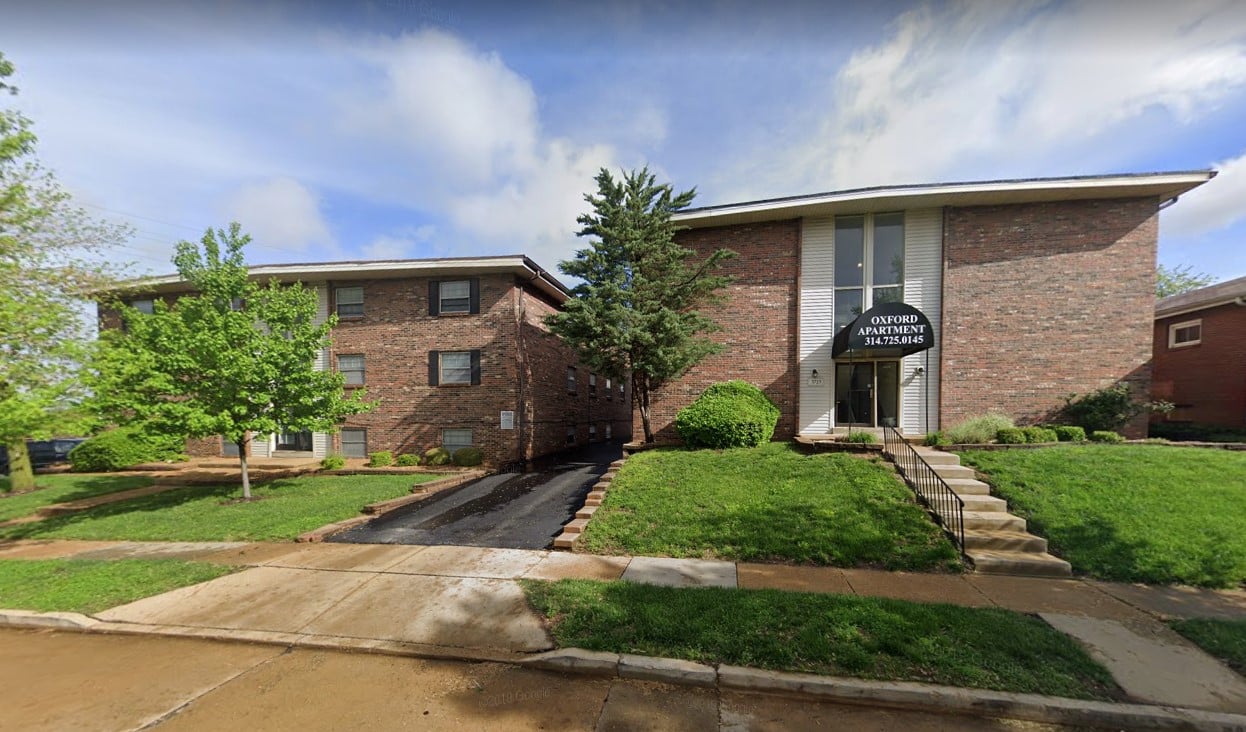Green Building’s Enduring Appeal
By Pamela Martineau
7 min read

Many federal clean energy credits and incentives have been discontinued under the Trump administration, leaving some affordable housing developers wondering if building green still pencils out.
Green energy experts who spoke with Tax Credit Advisor say that, despite federal headwinds, Return on Investment (ROI) for clean energy has always been good from an operational standpoint and remains solid.
Economic benefits of green building practices “is not something that started two years ago after the Biden administration did a whole bunch of these incentives,” explains Ravi Malhotra, chief executive officer of Resource Smart. “This has been ongoing for decades and it keeps getting better in terms of ROI.”

Additionally, a number of state, local, and individual utility company green incentives remain for developers of affordable housing looking to retrofit or build housing that uses green energy, says Evan Williams, vice chairman, head of affordable housing debt & structured finance at Newmark. “Many states still have energy efficiency and decarbonization goals,” he says, “which is reflected in state run programs as well as utility incentives.”
Federal Assistance Dissipates
Numerous clean energy programs — many launched as part of the Inflation Reduction Act — have been rescinded or defunded since the new administration took office in January. In particular, programs from the Environmental Protection Agency (EPA) were impacted. Shuttered programs include: EPA’s $7 billion Solar for All program, which helps fund solar panels for moderate to low-income families or community solar; EPA’s National Clean Investment Fund; and EPA’s Clean Communities Investment Accelerator.

Though, according to Malhotra, these programs were ambitious and created a lot of excitement and anticipation across the affordable housing industry, very little of their funding was ever disbursed. “Let’s use Solar For All as an example, which is one of the last of the programs that was rescinded,” says Malhotra. “It was going to be $7 billion, but nationally, only one project got Solar For All money and it was approximately $1 million. People spent a lot of time, money, and effort gearing up, and it all went nowhere.”
Yet other programs are fully funded yet functionally non-operational. Take the Department of Energy’s Home Efficiency Rebates (HOMES) program, funded at approximately $9 billion, which offers rebates for “whole-home” retrofits that apply to multifamily affordable housing as well. The program is still funded, but “it is not functional except in a few states,” says Malhotra. “The money is not getting out the door in any big way. I would not be surprised if it were to get rescinded,” he continues, adding that there are other “straggler” federal green programs where the money “doesn’t seem to be getting out the door because of program cuts or staff cuts.”
But Green Benefits Endure
Still, Malhotra stresses that green building remains relevant. Even though these potentially impactful incentives have become moot, he says that choosing green building practices and technology continues to make sense financially and environmentally.
Indeed, it is a “myth” that green building can no longer pencil, says Malhotra. Rather, the contrary: even without federal incentives, environmentally sound construction and operations result in lower operating costs and in some cases, lower infrastructure costs.
“The technology keeps improving and getting cheaper,” adds Malhotra, pointing to components such as heat pumps, which he says have become half as expensive to install over the past four years.
Further, Malhotra says — if built right — monthly energy costs for green buildings are poised to decrease over time. “If you build it right the first time, it is always more cost effective. For instance, if you are not putting in gas, you save capital costs on gas infrastructure. You’re not paying for gas access fees either, and you’re not paying any monthly fees to the gas company”
Williams agrees. “What we still see on energy audits is a positive return on green measures, if you prioritize the right ones like more efficient heating and cooling, air sealing, insulation, and water savings measures” he explains.
Malhotra adds that clean energy technology has also come down in price in recent years as the technology improves. Lower costs increase ROI, as does lower energy bills on an operational basis, for the building owner and its tenants. “It pays back,” he says. “Our customers have data to show that an extremely efficient, decarbonized affordable housing property actually saves them money on capital and operating costs. It’s not more expensive than business as usual. It is cheaper than business as usual.”
Local Incentives Still in Play
Some states, local municipalities and local utilities still offer green energy incentives, which further increase ROI on building green.
“You still have utilities that are state-regulated and as a part of those regulations many of them have mandates for reducing their energy loads and the base loads in their markets,” explains Williams. “It is much cheaper to incentivize people to save energy than it is to build a power plant.”
For example, California has the Solar on Multifamily Affordable Housing Program, which is run by the California Public Utilities Commission. Additionally, despite federal cuts to Solar for All, some states — like Illinois — are utilizing other funding sources to maintain the program.

One comprehensive database of local clean energy initiatives is the Database of State Incentives for Renewable Energy (DSIRE). Started in 1995 after a U.S. Department of Energy contract was awarded to the North Carolina Clean Energy Technology Center at N.C. State University, DSIRE functions as a clearing house for countrywide, on-the-books incentives and financing initiatives that support green building. Through the portal, one can find that even subsidy-averse states like Tennessee have statewide and local initiatives on the books, such as statewide C-PACER financing for efficiency improvements or a local Memphis-based Payment-In-Lieu-Of-Taxes program that provides a tax abatement in return for green-certified projects.
Williams highlights that the positive ROI on green building is amplified when it is part of a four percent Low Income Housing Tax Credit (LIHTC) deal. “The four percent credit is a great vehicle for supporting green measures,” he says. “Once you have the bonds and the credits, you can increase your scope for investments that generate a positive return.”
Williams adds that Fannie Mae and the Federal Housing Administration will underwrite water and energy savings, which help generate funding for energy efficient improvements, in addition to interest rate savings.
“If you do this right,” Malhotra adds, “it’s much less cost up front, and [provides savings] on an ongoing basis.”
Advertisement
Oxford Apartments
In 2023, Resource Smart helped to coordinate an energy efficiency retrofit for the Oxford Apartments, a 50-resident low-income apartment complex in the St. Louis suburb of Maplewood, MO. According to Malhotra, the retrofit did not utilize federal funding; rather, it relied on a rebate from local utility provider Ameren and the solid fundamentals of green investment to make the upgrades pencil.
Upgrades were done to in-unit lighting, water measures (including aerators in the kitchen and new showerheads), smart thermostats, ENERGY STAR refrigerators and ducted mini-split cold-climate heat pumps. These upgrades provided an estimated annual savings of 351,563 kilowatt-hours and 324.07 tons of carbon output.
Total project cost was $272,479, with Ameren providing $233,759 in incentives. This left the owner with an estimated cost of $38,721. Resource Smart projected an annual utility cost savings of $30,234, meaning that the owner was able to achieve a positive ROI for the green upgrades starting in year two from the retrofit.
“Were it not for the local utility rebates, the client would not have undertaken the upgrades to their entire property,” Malhotra says. This allowed them to avoid doing “what most owners do — replace on fail, one unit at a time, and end up with a low-efficiency contractor grade product, and miss the benefit of volume discounts, rebates, lower utility bills, healthier and safer homes, etc.”
According to Malhotra, the local utility rebate is still in place.

